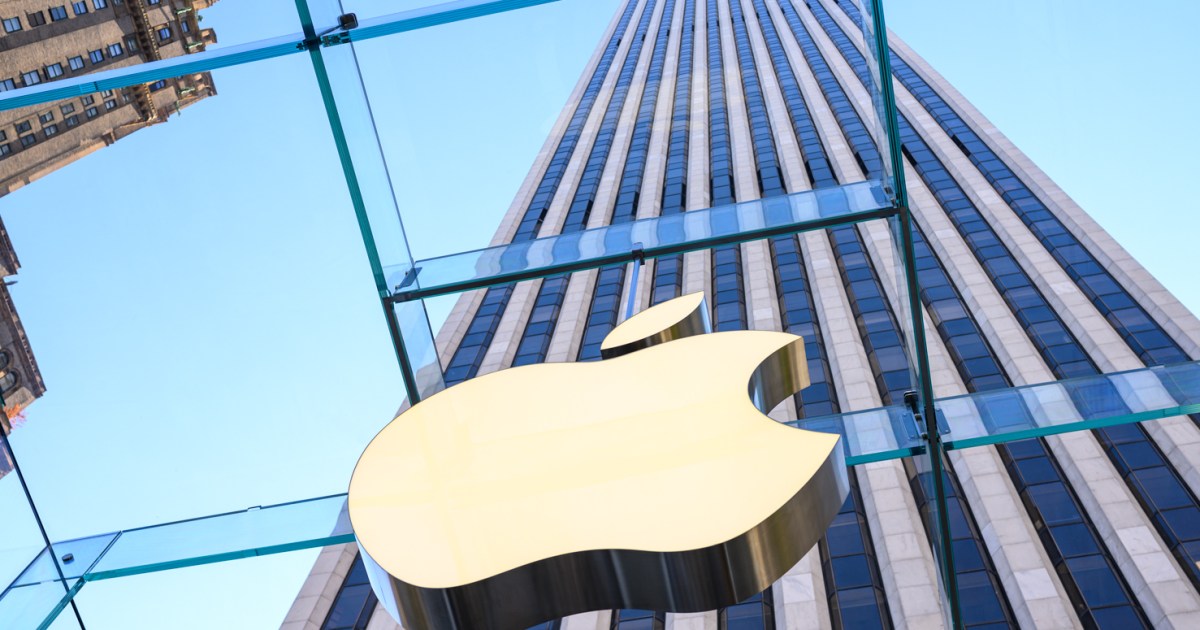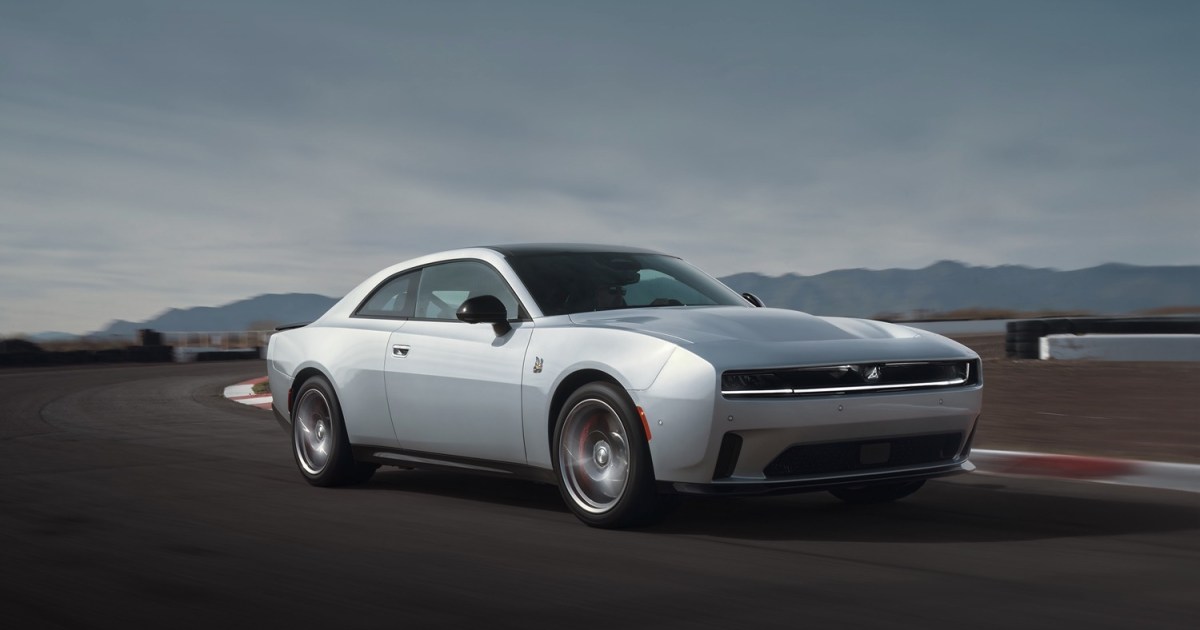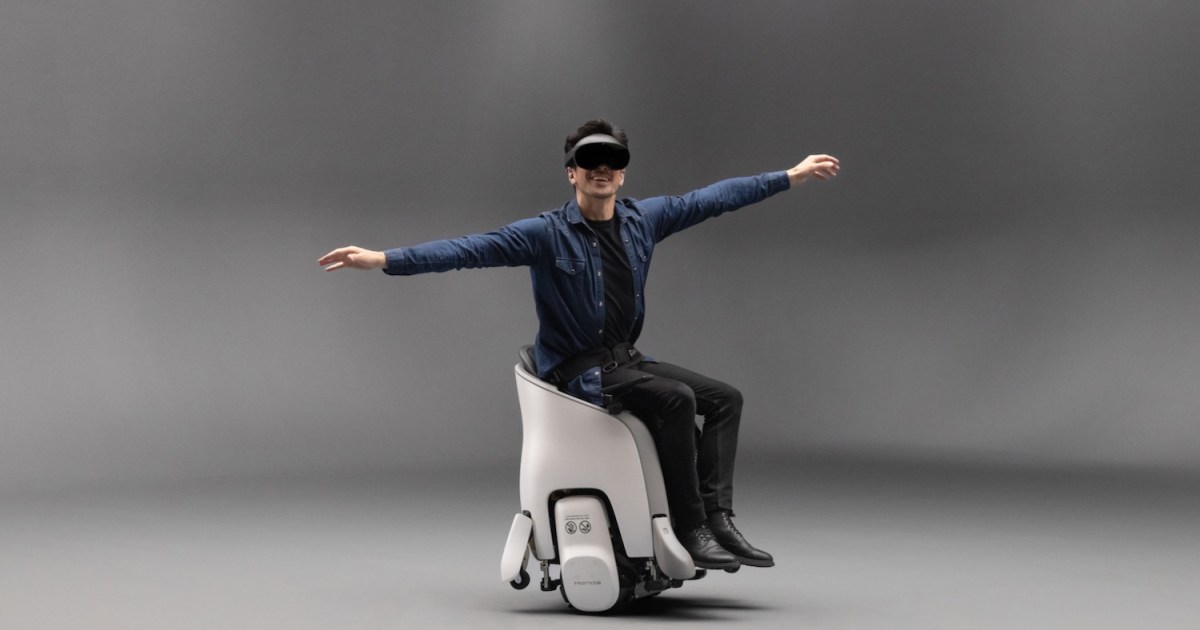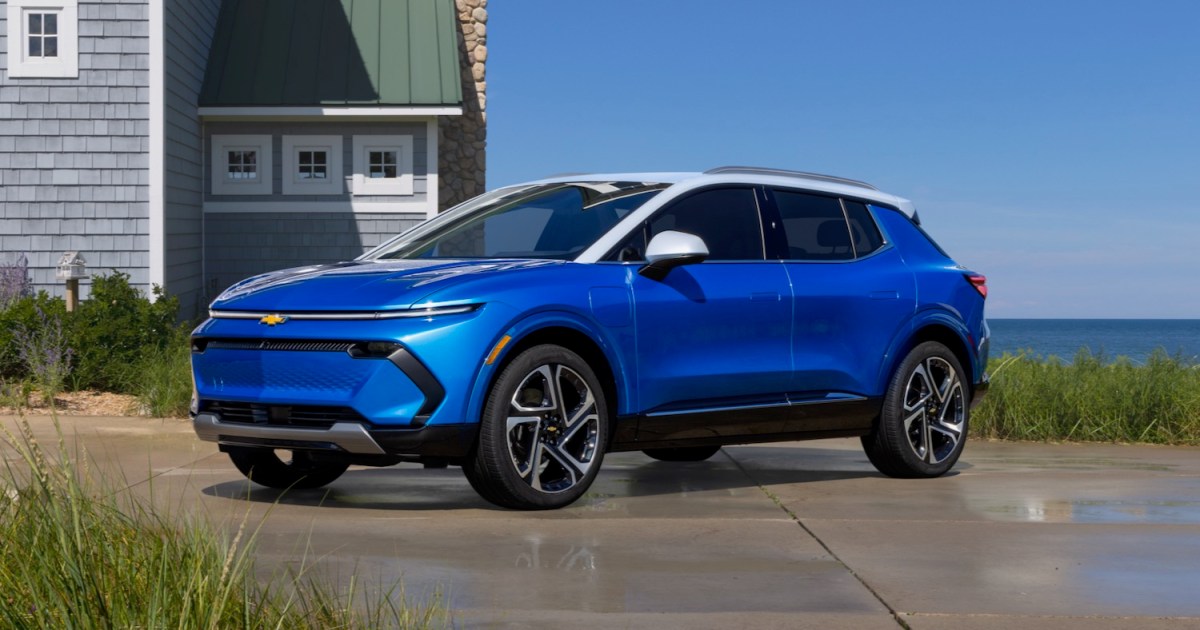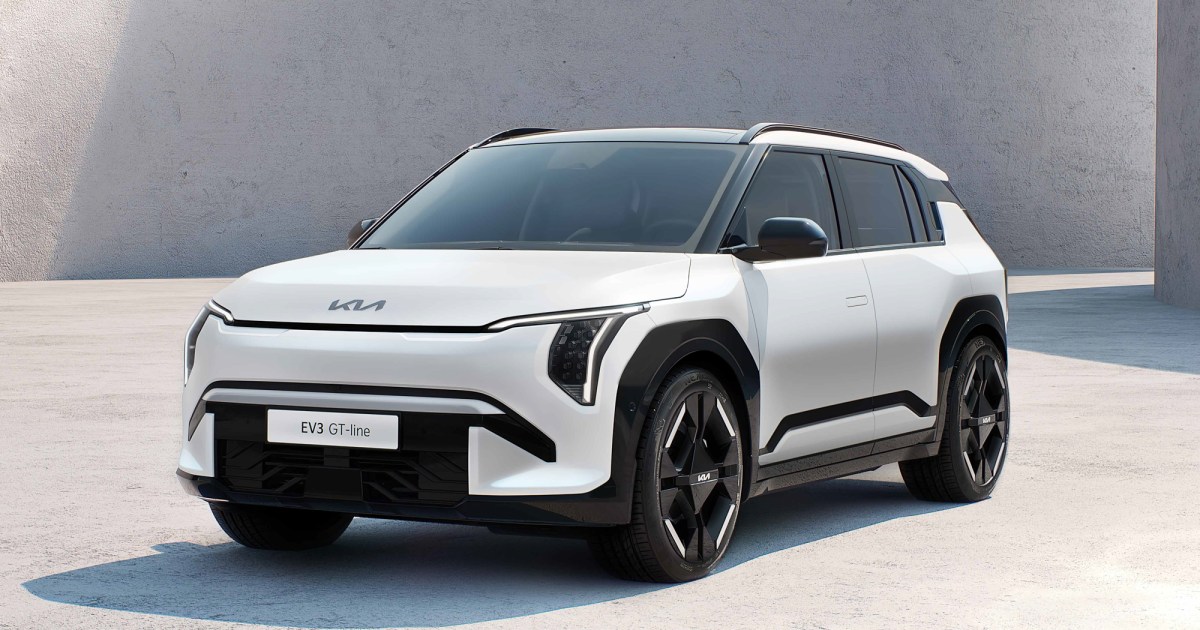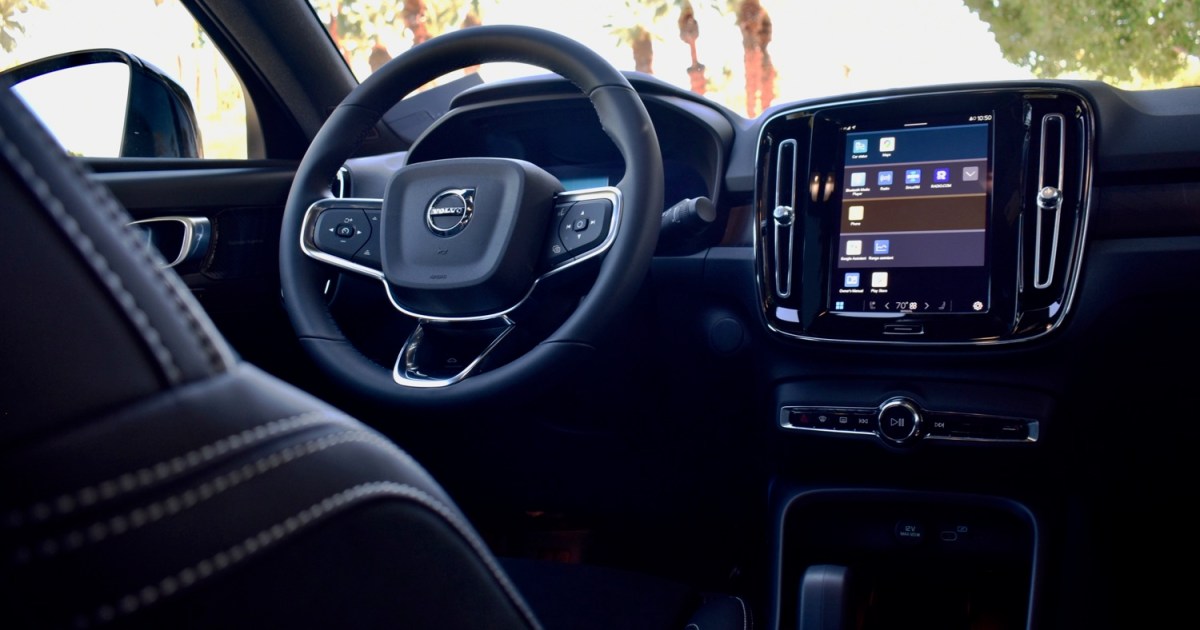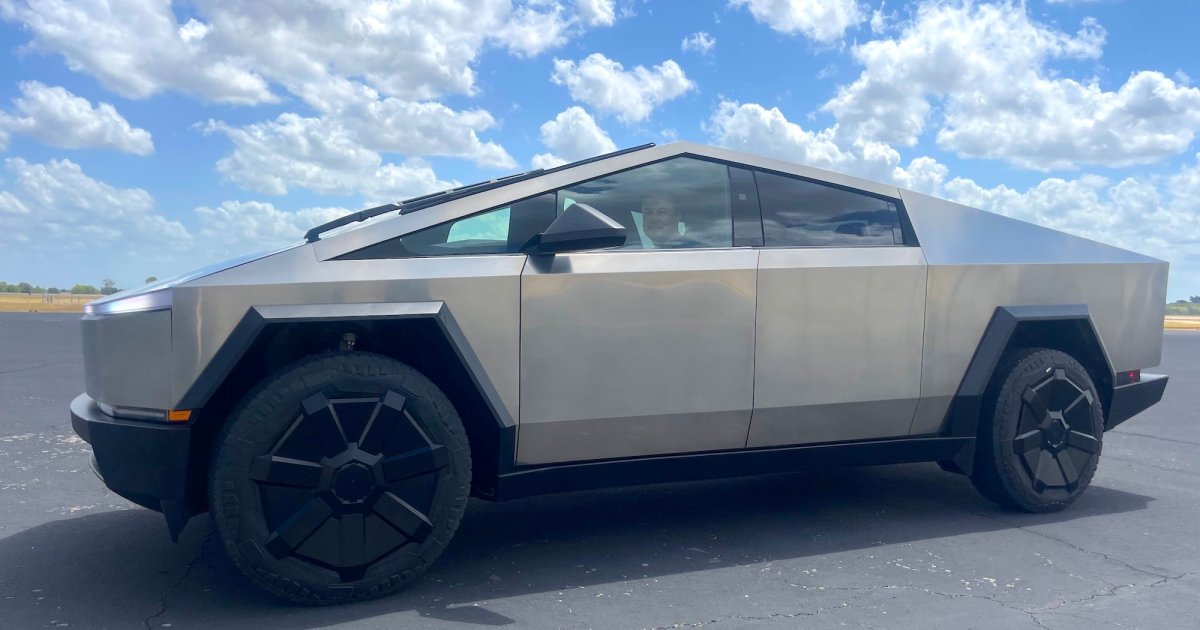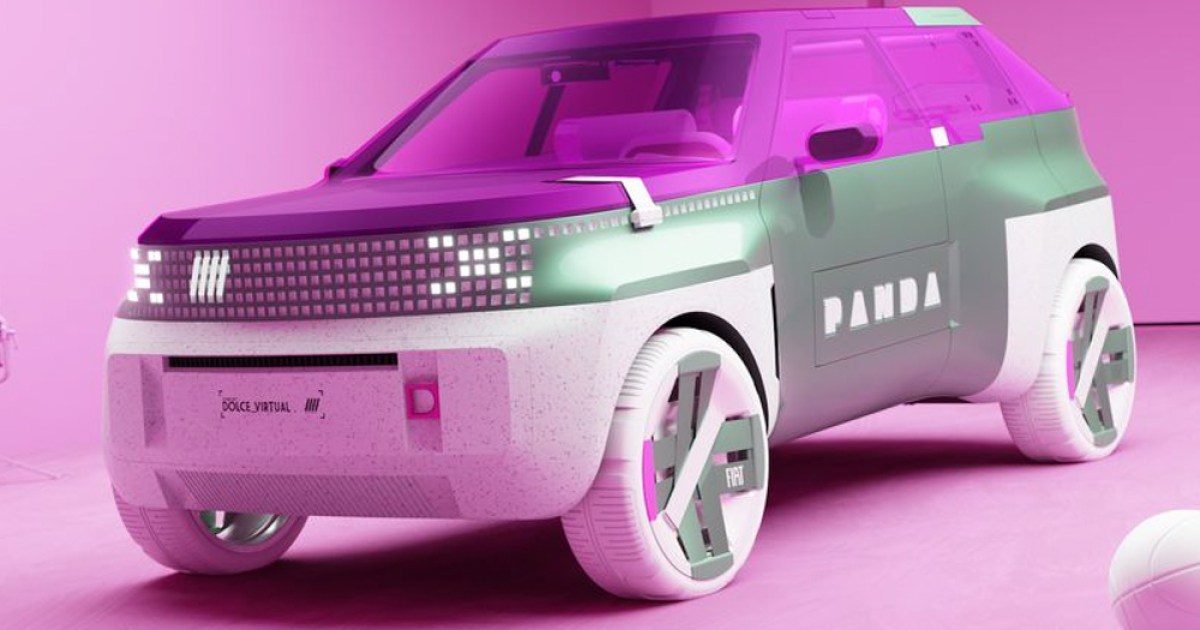Apple’s decade-long pursuit of developing an electric car, internally known as Project Titan, has reportedly come to an end. The New York Times recently revealed the staggering $10 billion investment poured into this ambitious yet ultimately unsuccessful venture. This eye-watering sum raises questions about the project’s trajectory and the internal challenges that led to its demise.
A Decade of Development and Doubt
While Apple never officially confirmed its car-building aspirations, leaks and job postings over the years hinted at the project’s existence. The Times report sheds light on the internal struggles and conflicting visions that plagued Project Titan. Some team members, skeptical of the project’s viability, reportedly referred to it as “the Titanic disaster.”
Conflicting Visions: Zadesky vs. Ive
Early on, project leader Steve Zadesky envisioned an electric vehicle to rival Tesla. However, former Apple design chief Jony Ive championed a fully autonomous, self-driving car. This difference in vision seemingly contributed to the project’s internal friction.
Shifting Focus and Growing Team
Over time, Apple appeared to shift away from the driverless concept, focusing instead on an electric car with advanced driver-assist features. The Project Titan team expanded to over 2,000 employees, including seasoned engineers from organizations like NASA and Porsche.
Leadership and Manufacturing Challenges
The Times report portrays a project grappling with leadership issues and a lack of clear direction. Manufacturing hurdles also emerged as a significant obstacle. These combined challenges ultimately overwhelmed the project, leading to its cancellation.
Lessons Learned and Future Applications
Despite the project’s failure, some involved believe the knowledge gained in autonomous and AI technologies will benefit Apple’s current and future devices. Whether this justifies the $10 billion expenditure remains to be seen.



